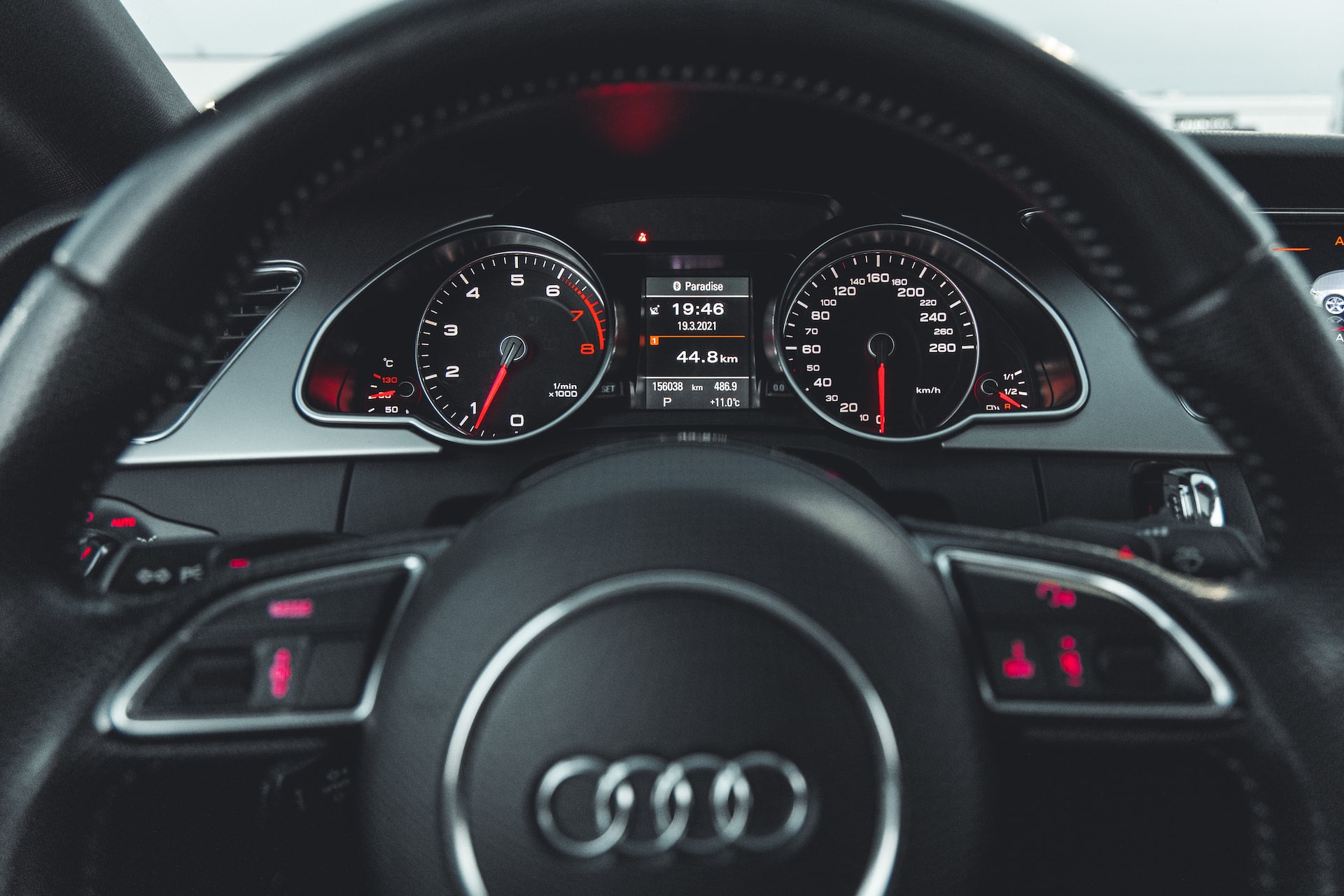Gravel bike riding, as the name suggests, is all about riding your bicycle on rough surfaces. And when it’s a race, it becomes much more challenging. The races can have muddy trails, dirt roads, or even twisted forestry pathways.
Some races involve climbing hills that can be both ragged and flat. Then there are other races where you’d have to ride through the worst weather on a rugged roadway and possibly go a long distance. So if you’re looking for a challenge or simply want to participate in a gravel bike race, here are some tips to help you prepare for the adventure.
- Choose Your Race
If you’ve decided to participate in a gravel bike race, then the next thing you should do is enter an event. There are many gravel bike race events, each with a particular difficulty level. Choose the terrain you’re most comfortable and familiar with so you don’t encounter surprises.
If you’re new to this, it’s a good idea to research these races more. Try choosing a suitable race that can match your cycling experience. That way, you’ll get to know your limits, work on them and possibly aim for a more challenging level the next time you participate in a gravel bike race.
- Select the Right Bike
There are many gravel bikes available in the market, but the most important thing is to ride what you’re comfortable with. Most of the bikes are good on gravel; if it’s reliable enough to cover the distance, then it’s good enough to go on a gravel event.
- Select the Right Tires
Whether riding on flatter trails or raggedy ones, choosing the right type of tires is essential, especially when participating in a race. What you need to focus on are the tire width and tread pattern.
The type of tires you choose will depend on where the race is being held. For instance, if the pathway is packed with hard gravel, you’d want a narrower slick to minimize rolling resistance. Likewise, if the route is filled with large rocks or wet and muddy trails, you can choose a wider tire with an aggressive pattern as these will provide the best volume and grip.
You can also try using tubeless tires, a hype among gravel bikers these days. If your tire does get punctured along the way, you’ll at least have peace of mind knowing it can be taken care of using a sealant. However, for extra precaution, bring some plugs (that are specifically designed for tires) if the sealant doesn’t work out.
Tubeless tires have another significant benefit: they run on lower pressures. Lower pressure means it’ll give you an increase in comfort and traction.
Try practicing with the tires on the terrains that your race event calls for, and see which tires you are comfortable riding in.
- Clothing and Accessories
Just as you look for comfort from your bike, you must dress comfortably to complete the whole ensemble. Make sure that you get the support you need for your active lifestyle with our range of orthopedic braces for sports designed to enhance performance and prevent injuries.
Go with the weather conditions and pick a pair of waterproof bib-shorts, and a full-zip jersey. Why full-zip? Because the jersey accommodates your body as it changes your temperature every now and then, throughout the entire race. You may also want to pack in a waterproof jacket or a vest to battle the cold and wind. Arm and leg warmers are also good to keep you warm if the race ends late into the night.
You probably already know about taking effective measures to prevent bicycle accidents; still, it is a good idea that you don’t forget the gloves, helmets, a good pair of socks, shoes, and elbow and knee pads. These are just as important as choosing the right bike.
- Ensure Space for Essentials
Food, water and bicycle gears must be packed when going for a race. Depending on the event and duration of the race, it’s wise to pack dry snacks such as energy bars and lots of water. Hydration is non-negotiable. Water is key if you want to finish the race with a good mindset successfully. Drink plenty, constantly!
For bicycle gears, take spares and maintenance kits even if the weather condition of the place is amiable. It doesn’t hurt to be extra precautious. For instance,
- Pump or Co2 inflator
- Tire Levers
- A spare tube (or two)
- Chain breaker
- Quick links
- Map or any navigational tool
- Train and Maintain
Training and practicing beforehand on similar grounds is crucial. This is when you can test and see if the selected handlebar, seat, and tires are right for you. Being able to bicycle comfortably will make gravel bike racing more enjoyable.
After all that training, don’t forget to take care of your equipment. You’ll need it to be in top shape on the day of the race. Use bicycle covers to protect it from environmental elements such as rain, wind and sun. If left unchecked, some bicycle parts may erode, affecting your equipment’s performance.
Another important thing to train is your digestive system. Eat easily digestible foods and then eat the same ones every time you train. Don’t risk trying new food on race day. It might not be agreeable, and you may end up feeling nauseous.
Final Thoughts
Gravel bike racing is just as adventurous as it is challenging. It can pose to be more intimidating for beginners. However, if you follow the tips, you’ll be prepared for any surprises that may come your way. If you’re new, starting with a low-key race that uses paved roads and good weather is best. But if you feel adventurous, feel free to give yourself a challenge. And remember to hydrate yourself if you want to stay upright in the game.









